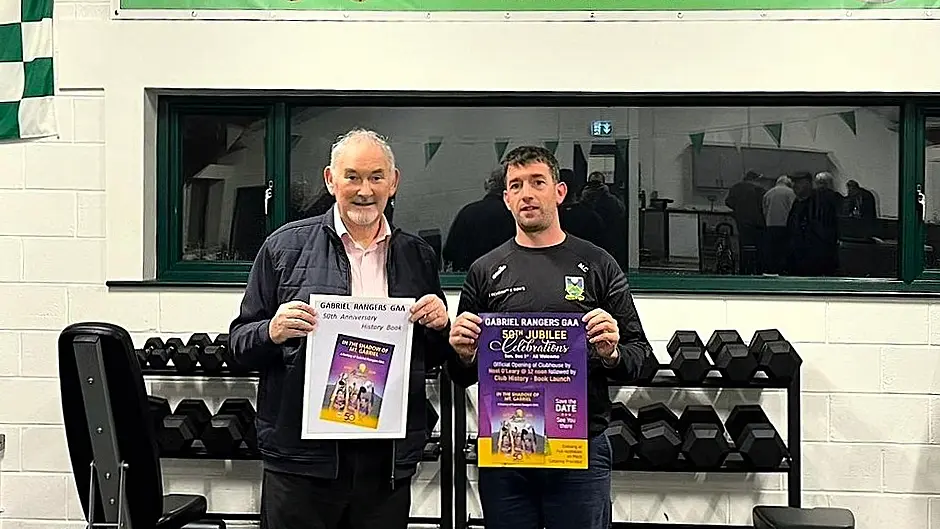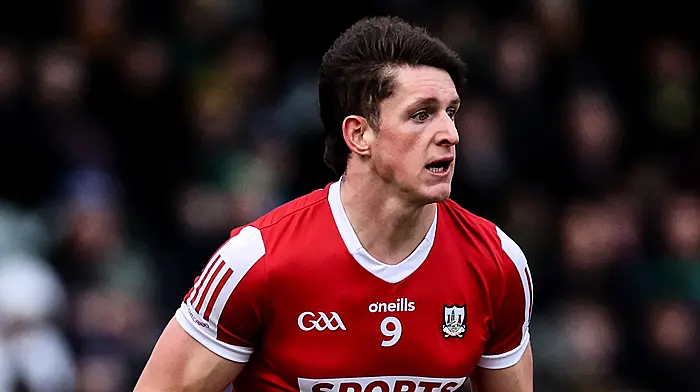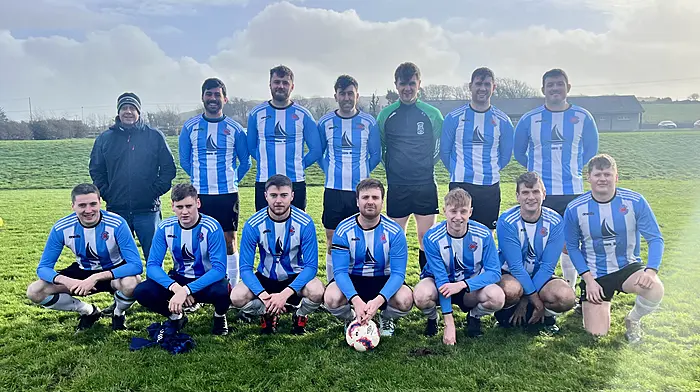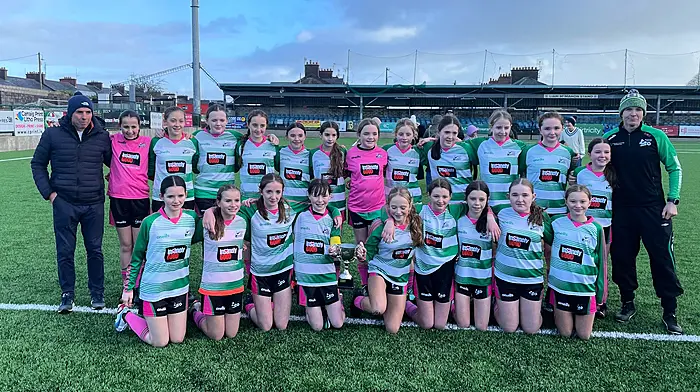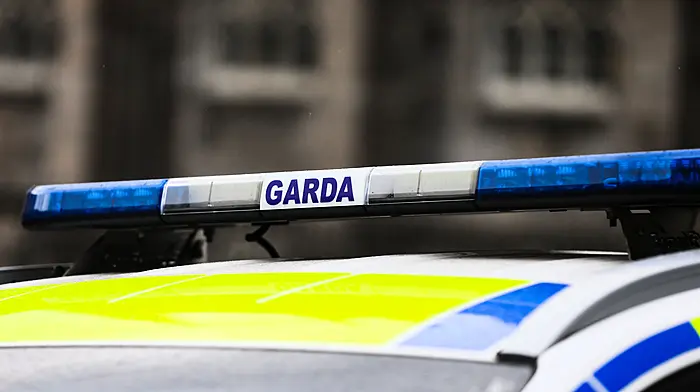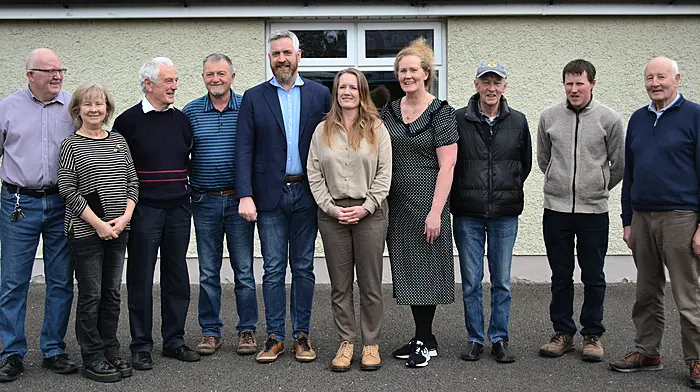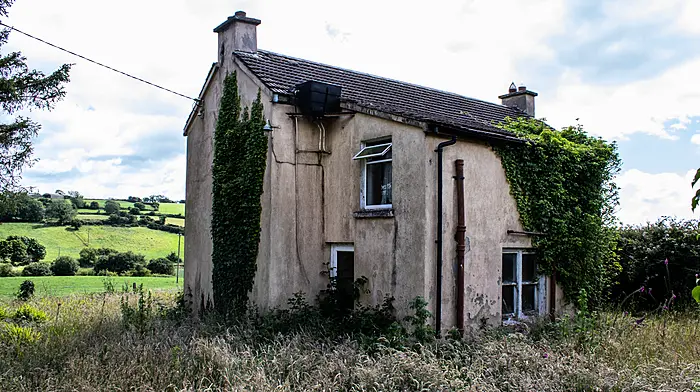THE Gaelic Athletic Association arrived in West Cork in 1886, Dohenys being the only affiliated club. In 1887 the new association began to spread all over the area and in 1888 we find the first mention of ‘The Rules’ football being played in the Schull-Ballydehob region.
At the start of 1888 a club with the unusual name of the ‘League of the Cross Club’ made its first appearance in Schull, and the president (chairman) was Fr Bernard, after whom the local fife and drum band was named. The captain was Maurice O’Keeffe and their only reported game was against neighbours Durrus, which they won by one point.
At the end of 1888 another club appeared in Schull, named the ‘Erin’s Hope Club,’ led by Fr Corcoran but they seemed to be short of the skills of the new football game, being well beaten by Skibbereen in Skibbereen in December and in Schull the following January. The first mention of Gaelic football in Ballydehob came in March 1889, when the same Fr Corcoran led a team called ‘Ballydehob Parnell’s’ to Skibbereen to play the local O’Brien club.
None of the Schull/Ballydehob clubs appeared to have affiliated to the new county board and did not take part in the early West Cork championship but the GAA had arrived in the area and was there to stay.
Down the years there were various clubs in the region, which, however, met with little success. While Schull was recognised more as a football area, Ballydehob, unusually, became well known for hurling, despite being surrounded by football-only clubs. Championship hurling in West Cork did not begin until 1905 and it is believed that hurling was introduced to the Ballydehob area in 1919 by a priest named Fr Cronin, who was a Kilbrittain man, and local Tadhg O’Donovan, who died during the Troubles, leading to a fall-off in interest. The first successful Cork minor hurling teams in 1928 and 1937 contained Coughlans from Ballydehob.
Way back in 1951, having won the West Cork junior B title the previous year, Ballydehob hurlers actually won the West Cork junior A title on the field of play when beating the great Courcey Rovers in a replay. Unfortunately, they lost the title in the board room on an objection. Hurling remained strong, and following the winning of the county junior B title in 1989, they were a strong junior A force in the 1990s. The club is now competing in junior B hurling.
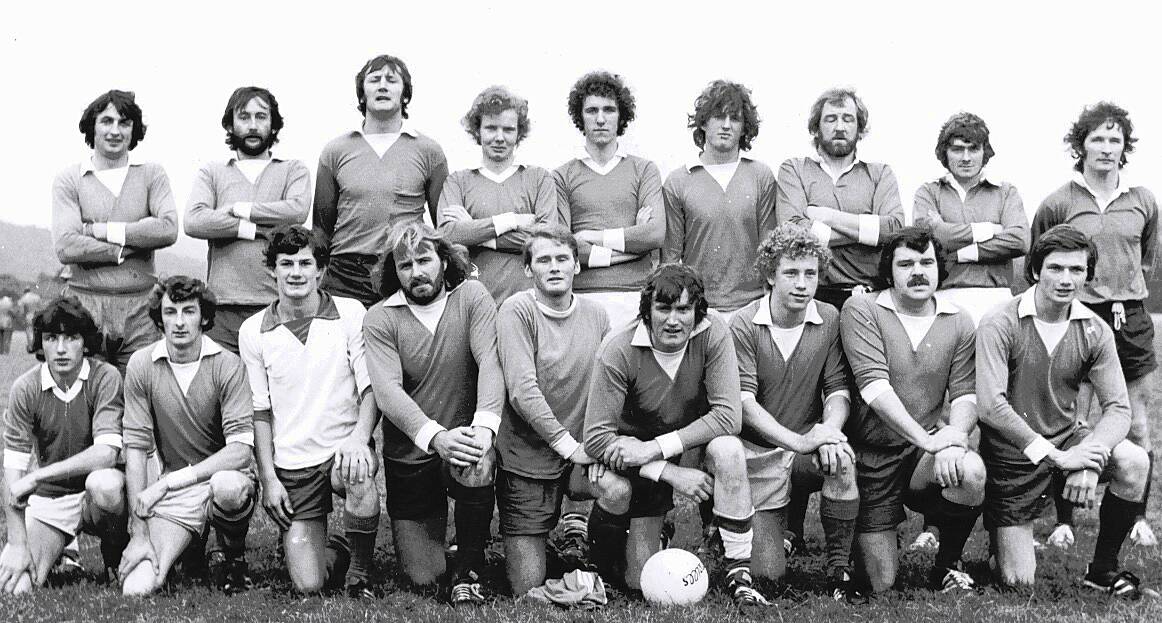 The Gabriel Rangers team crowned South West junior B football champions in 1978, and were runners up in the junior A championship the following year.
The Gabriel Rangers team crowned South West junior B football champions in 1978, and were runners up in the junior A championship the following year.In the winter of 1973, a group of dedicated GAA people got together and decided to form a new club under the name ‘Gabriel Rangers’, under the shadow of Mount Gabriel, to unite both Schull and Ballydehob. The club played its first games in 1974 with the headquarters in Schull Town Park. A permanent home was needed and they bought the present grounds in the mid-1970s, known as the Racecourse, in Coolaghbeb, Ballydehob, on the banks of the River Bawnakeane, which is unique in that the pitch is in the Schull parish, Diocese of Cork, while the dressing rooms are in the Aughadown parish, Diocese of Ross. Since then, a huge amount of work has been carried out on grounds including the building of a bridge across the river, building dressing rooms and installing flood-lighting in the pitch. Now, the club is entering a new phase in its development.
One hundred and 36 years after first welcoming the GAA, the present GAA club, Gabriel Rangers, 50 years in existence, will celebrate their chequered history on December 1st by launching their club history book in conjunction with the opening of the new dressing-rooms.
While most of the club’s successes have come at underage level, there have been highlights, too, at adult level. The first adult titles for the new Gabriel Rangers club came in 1978, when the double West Cork junior B football and hurling titles were won. The following year, the football team contested its first junior A final but lost to O’Donovan Rossas’ first team. Their second final came in 1983 when they led Ballinascarthy by eight points at half time but lost by a point. In 1988, the hurlers won the Carbery junior B title and when they retained the title the following year, 1989, there was great rejoicing when they went on to capture their first-ever county title at adult level, beating Buttevant in the final.
It wasn’t third time lucky when the footballers lost the Carbery final to O’Donovan Rossas’ second team in 2005 but after 32 years of continuous involvement in junior A grade, they finally landed the elusive title when beating Clann na nGael by 1-9 to 0-8 in Skibbereen.
In 2014, Gabriels lost a replayed Carbery final to St Mary’s but two years later they were back as Carbery champions in 2016, beating St Colum’s in the final in Aughaville. This time, there was no mistake in the county as Ballyclough and Knocknagree were beaten and, in the county final, Shamrocks were overcome by 2-13 to 2-7. Eddie Goggin and Chris Moynihan were the goal scorers, with Goggin named man-of-the-match and Mark Cronin, present chairperson, captaining the side. For the first time ever, Gabriels upgraded to intermediate and in 2019 they were unlucky to lose the county final to Knocknagree by two points.
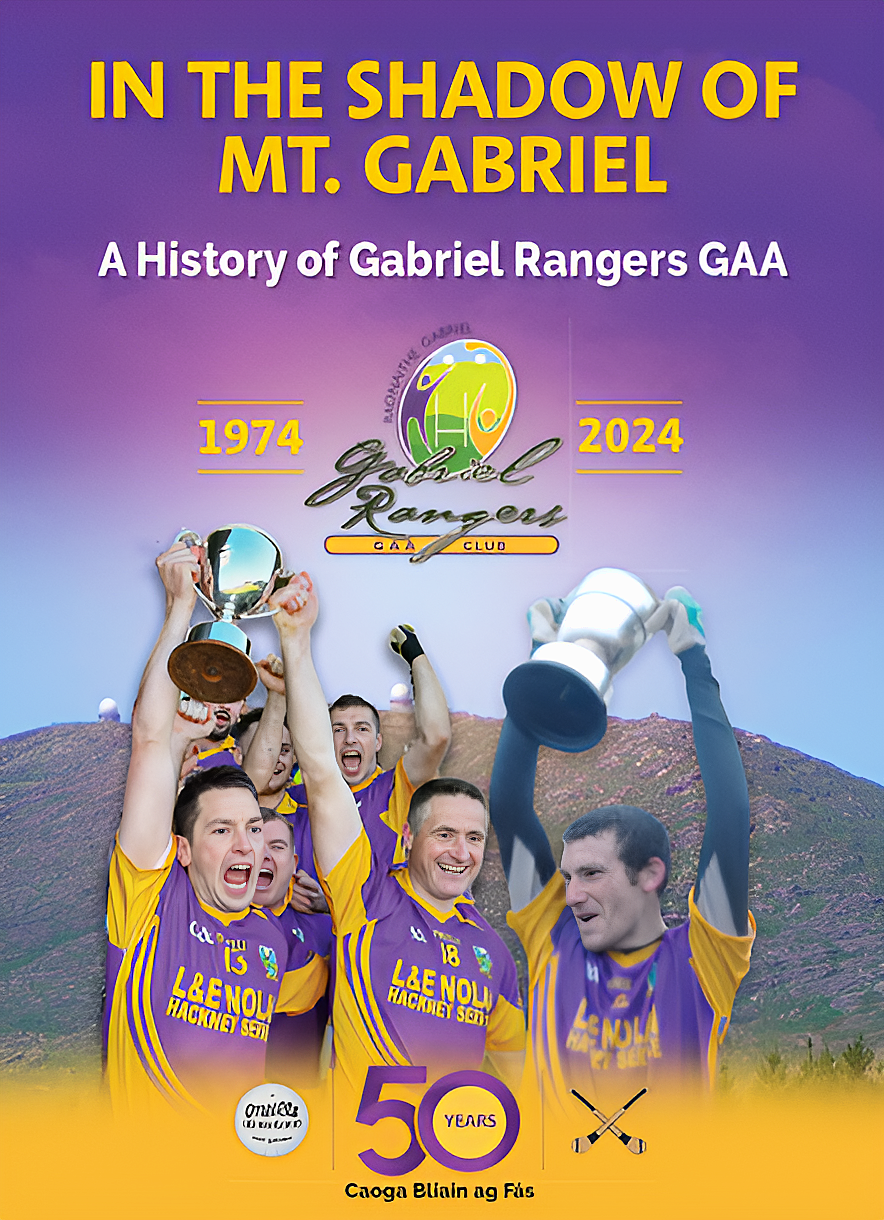
Gabriel Rangers could rightly claim to be the front-runner in the huge growth of ladies football in West Cork in recent years as they won the All-Ireland junior title in 2003, followed by the county intermediate title in 2005.
As regards the new development, work began just before Covid struck in demolishing the old dressing-rooms and building a new structure. This new two-storey building now possesses three dressing-rooms and a referee’s room downstairs, with a gym and kitchen upstairs. Various grants were acquired for the project which cost well over €300,000. The club is presently paying off a loan and further development is on hold until that loan is paid. At present, they are confined to one main pitch and a practice area but still utilise the old pitch in Schull. Acquiring land for another pitch is top priority for future development.
As regards the club history book, a magnificent volume containing over 400 pages, club PRO Eugene Desmond was tasked with compiling the material at the beginning of the year, in line with their 50th anniversary and the request from the Carbery Board that all clubs should compile their histories for the Carbery Board’s centenary in 2025. Receiving a lot of help from various people, the bulk of the work fell on his own shoulders and the end result will be unveiled on Sunday, December 1st.
‘We know the celebrations are a bit late in the year but we’re a small club and were busy during the playing season, so things, including the history book, weren’t ready until now,’ Eugene McSweeney told The Southern Star.
‘The book covers the history of the club itself from 1974 to the present but I decided that you couldn’t tell that story properly without going back to the very early days and paying tribute to the people who were involved in those days. The present club is built on the shoulders of those people, so the book goes right back to the 1890s. Why Schull was recognised for football and Ballydehob for hurling makes interesting reading.
‘As regards photographs, there was a lot of work in collecting those but there are a lot of good professional photographers involved in West Cork GAA and they were all very helpful. The whole project was much bigger than I thought it would be but there is great pride in this club and we need to show that as well as providing an impetus for the players of the future. The book will be available in a number of outlets in the Ballydehob, Schull and Skibbereen areas, priced at €30 for the hard-backed copy.’

